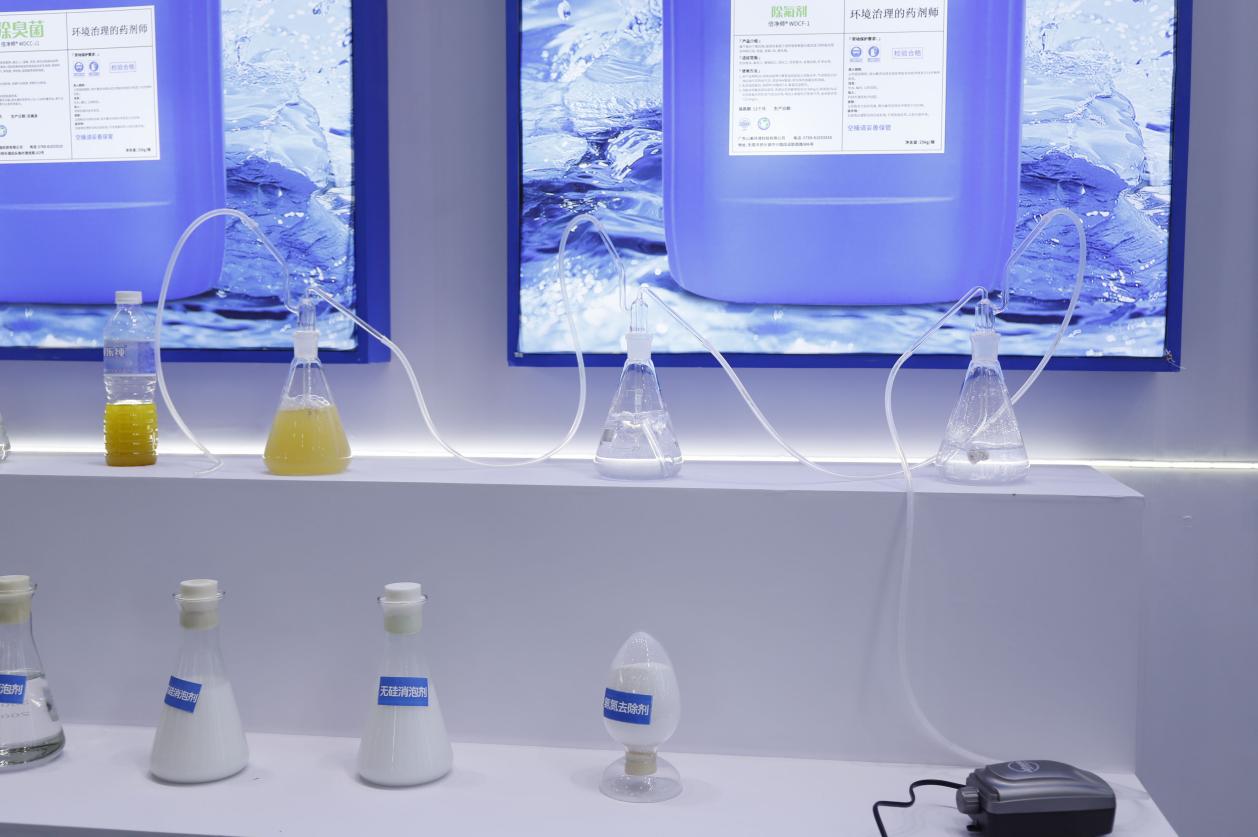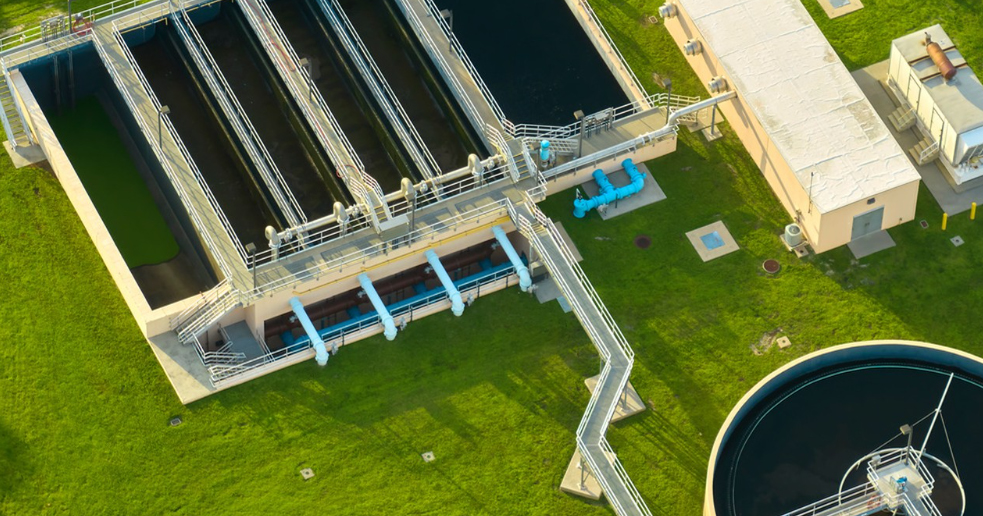Wastewater decolorization agents for textile printing mainly include flocculation decolorizers, oxidation decolorizers, and adsorption decolorizers. Flocculation decolorizers, such as quaternary ammonium cationic polymers, coagulate dye particles through charge neutralization and bridging action. Oxidation decolorizers use oxidizing substances like sodium hypochlorite, potassium permanganate, and ozone to destroy the chromophoric groups of dyes. Adsorption decolorizers, such as activated carbon, bleaching earth, or adsorption resins, remove pigments through physical adsorption.
The decolorization efficiency of the wastewater decolorizer is high, capable of reducing the color intensity of wastewater by over 90%, even achieving a decolorization rate of 99%. Compared to traditional biochemical treatment, the decolorizer operates faster and can achieve large-scale wastewater treatment in a short time. Most decolorizers do not produce secondary pollution after use; they can be naturally degraded or recycled, aligning with modern environmental protection concepts. Their processing efficiency and long-term usage costs are relatively low, offering good economic benefits. It is primarily suitable for treating high-concentration, high-color-dye wastewater from dye and dye intermediate production processes. It is especially applicable to the treatment of dyeing wastewater using reactive, acidic, direct, and disperse dyes. It can also be used for wastewater treatment in the textile printing and dyeing industries.
The printing process involves multiple stages, generating wastewater that contains a large amount of fiber impurities, inorganic salts, surfactants, fuels, and chemical additives. To address the high color intensity and poor biochemical properties of this wastewater, a decolorizing agent for printing wastewater can be used. By adding the decolorizing agent at the front end of the wastewater treatment process and adjusting the pH value, polyacrylamide is added to coagulate non-water-soluble dye particles into larger flocs. The separation of sludge from water is achieved through natural sedimentation or flotation.

FREE SAMPLE PLS CONTACT Vivian whatsapp 86 13790671695 viviansun@san-mei.com












